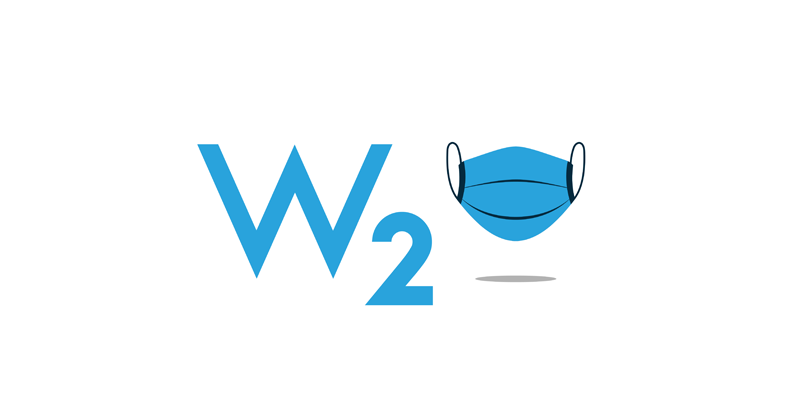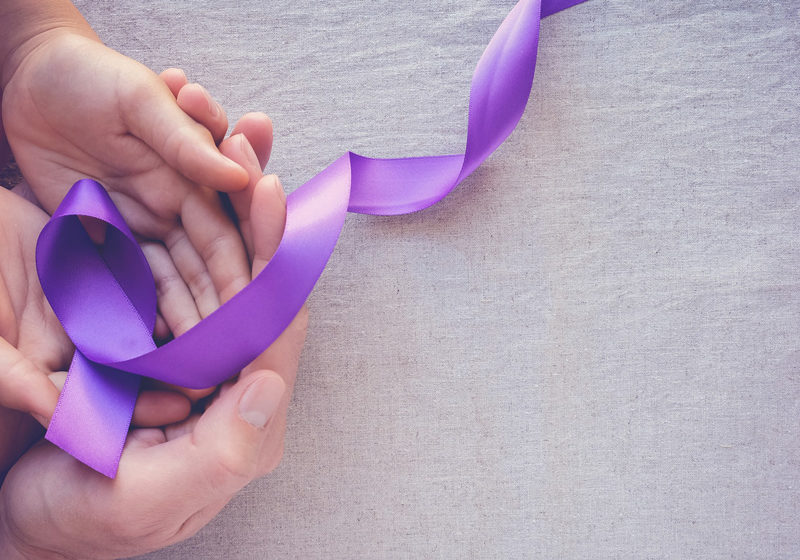
COVID-19, Virtual Therapy, and the Rise of Telemedicine
Your therapist will FaceTime you now.
While people are stuck at home except for carrying out what have been deemed essential tasks (going to the grocery store, picking up food, exercise), their mental health needs have in no way diminished (quite the opposite, in fact). But when all services that aren’t considered vital or that can be feasibly accomplished remotely are put on hold, how are people supposed to address those needs?
Enter, telemedicine. While for years, doctors (particularly mental health professionals) have been using telemedicine to meet with and treat patients, the Covid-19 crisis has put an emphasis on telemedicine like never before. It allows patients and providers to maintain a regular cadence with each other (which for many mental health conditions is a core component of effective treatment) from the safety of their respective homes.
On the other hand, many providers insist that virtual sessions are not nearly as effective as in-person ones, particularly in the mental health space, where observing body language is a core part of analysis, approach, and healing.
To explore the complexities of telemedicine, how the current crisis is impacting providers and patients, and what the future of therapy could look like after Covid-19, we reached out to Kristen Anderson, a Chicago-based therapist who pioneered the use of telemedicine for treating Anorexia Nervosa.
CI: How has COVID-19 changed the game for telemedicine, particularly in the realm of mental health?
Kristen Anderson (KA): This crisis has forced us to very quickly change the way that we deliver mental health care Prior to Covid-19, the logistics and regulatory red tape posed significant barriers for providers and consumers alike. In the past several months, mental health providers have been able to pivot very quickly to provide services using telephone and video conference. Covid-19 has certainly exposed the disparity in access to care for vulnerable individuals across the world. In many ways we are no longer limited by the notion of how things used to be and I am hopeful that will continue to foster innovation during this time.
CI: What are the pros and cons of telemedicine, especially for therapy? What role does accessibility play in this?
KA: From my point of view, the pros include increasing access, ease, including limiting travel time and costs associated with travel. Eliminating the need to see someone in person as it relates to social distancing guidelines has been helpful during this time and will generalize in the future for those that are homebound or lack transportation. For some groups, comfort level with technology as well as concern related to confidentiality have been identified as cons. Others have noted that it may take longer to build rapport with a therapist and that occasionally internet outages or poor connections can make the session feel disjointed.
CI: Is seeing a patient’s face important in a therapeutic setting? Why or why not?
KA: Being able to observe people’s facial response for understanding their emotional state as well as to make eye contact is helpful. When working with families I find it vital to see all family members on the screen in order to understand non-verbal cues. With this said, we can also conduct some of our work via telephone without losing key features of our treatments. Delivering treatment via telemedicine has allowed me to think critically about the intervention I am delivering (more practically “What am I trying to do?” and see how I may have to adjust for telehealth based delivery.
CI: What has been the greatest challenge you have faced as a mental health professional during this time?
KA: From my perspective the uncertainty both day to day as well as long term has been a major challenge for me and many of my clients. We are collectively going through a significant grief response alongside our clients and that is very difficult. The Covid-19 pandemic has caused disruptions in all facets of life. As clinicians, our typical coping strategies have been affected. On the whole, humans are very resilient, and children even more so. I am astounded by the acts of bravery and resilience I am privileged to witness every day.
CI: What are some of the long-term repercussions you see taking root as a consequence of the Covid-19 crisis?
KA: My hope is that this is an opportunity to observe some of the major holes in our social safety net and address them. More specifically increasing access to high quality mental health services. This is a large and complex problem to solve, and I am confident that we can do it with the right resources and strategy. I do believe that we will see higher use of mental health services related to the stress, and in some cases, trauma response related to experiences during Covid-19 thus driving forward the need to expand services.




